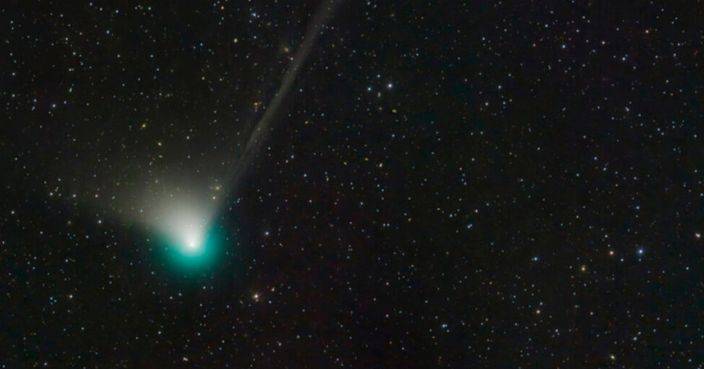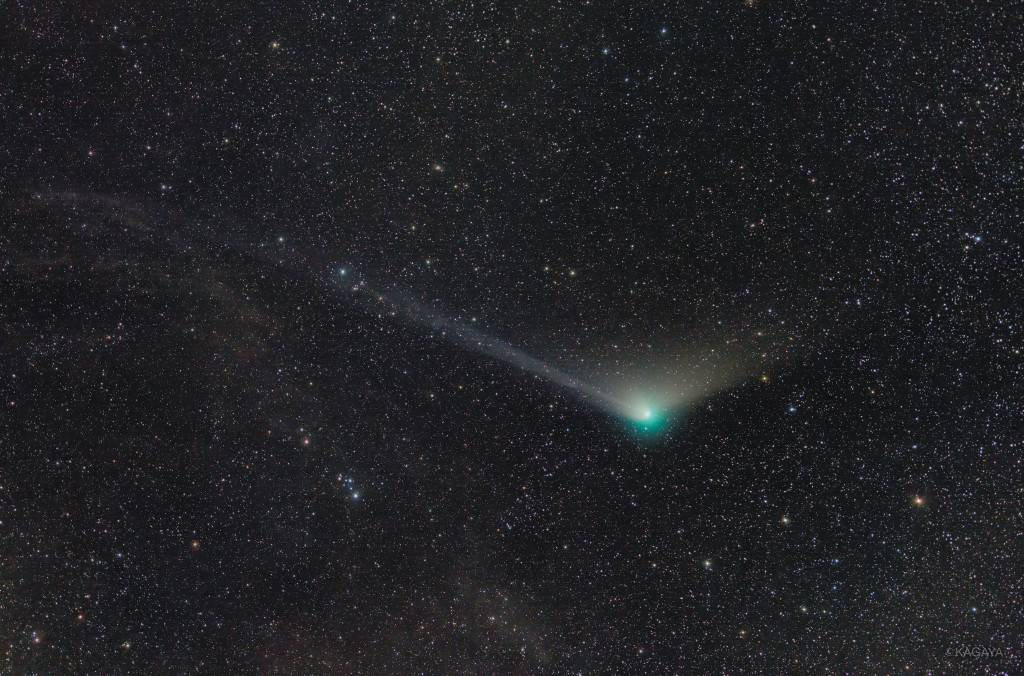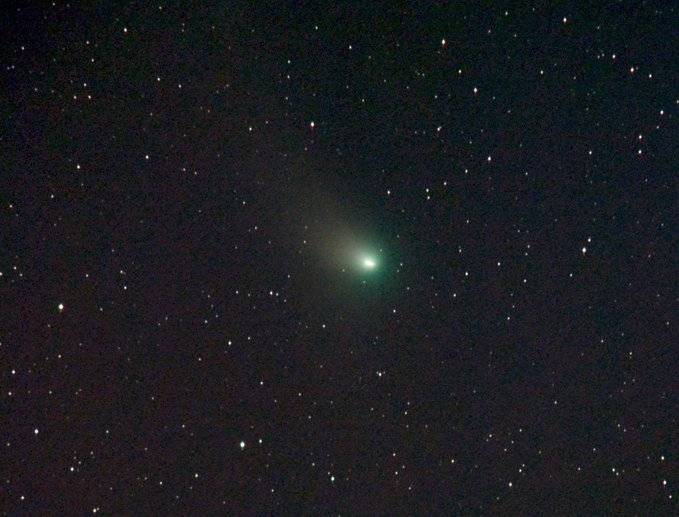A green comet newly discovered in March last year is flying past the earth and the sun, and will be closest to the earth on February 1st, which is an excellent opportunity once in 50,000 years. However, the Hong Kong Space Museum pointed out that Hong Kong is seriously polluted by light, so I believe it will be difficult To observe the “green comet” with the naked eye, it is recommended that the public prepare a small telescope for viewing.
Green Comet C/2022 E3 (ZTF) is gradually passing Earth this week for the first time in 50,000 years.online pictures
This green long-period comet was named C/2022 E3 (ZTF), ZTF means “Zwicky Transient Facility” (Zwicky Transient Facility camera); because the comet flew by Jupiter last March , was first photographed by this camera, and then discovered by people, so the comet was named after this device.
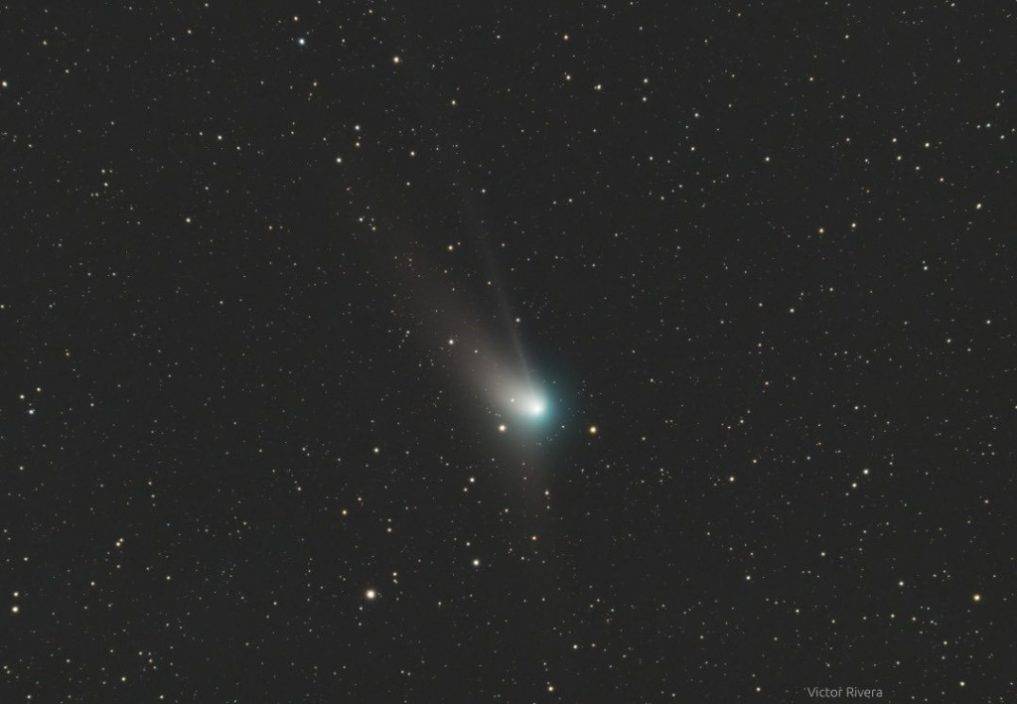
Green Comet C/2022 E3 (ZTF) is gradually passing Earth this week for the first time in 50,000 years. TWITTER @gb_fabian pics
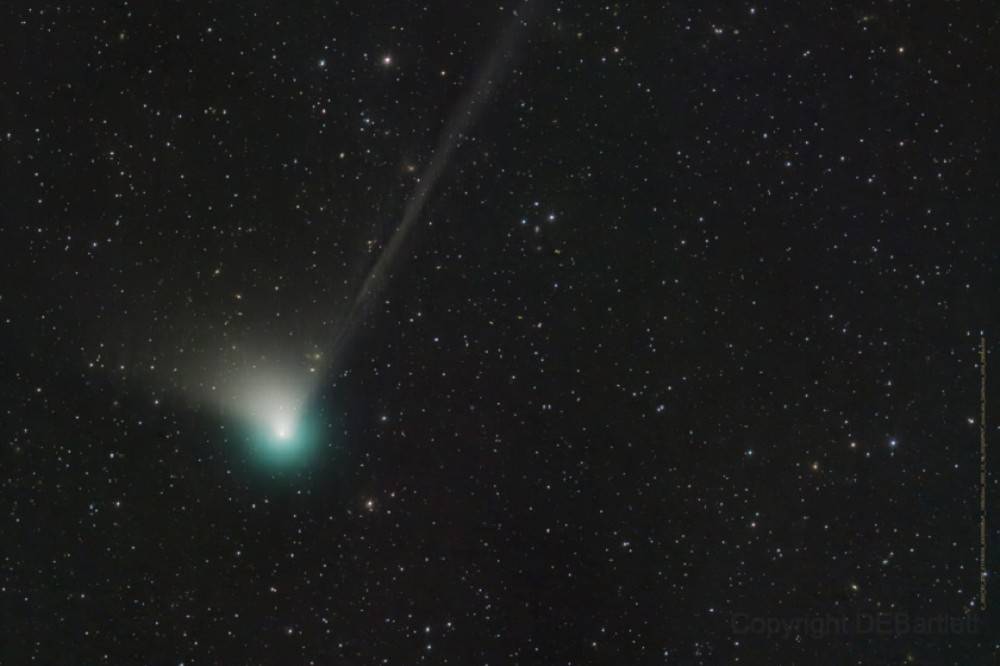
Green Comet C/2022 E3 (ZTF) is gradually passing Earth this week for the first time in 50,000 years. AP pictures
